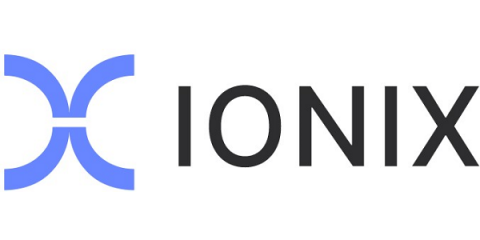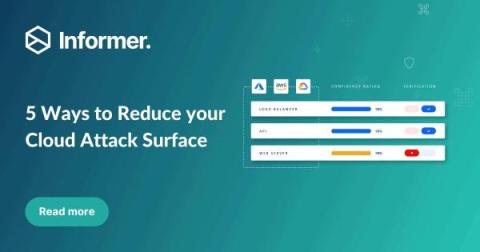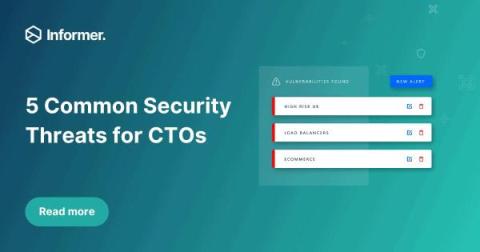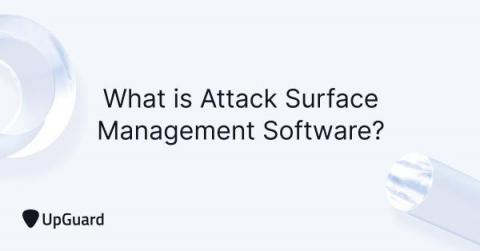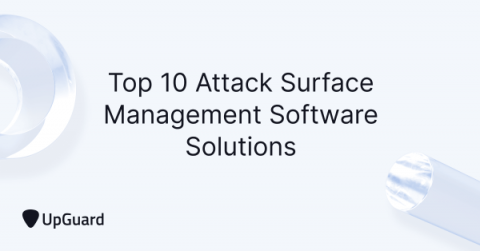External Attack Surface Management Market Size: An Overview
Attack surface management (ASM) is becoming increasingly important for businesses today. The attack surface is expanding and becoming more complex than ever before, driven by numerous factors, including the COVID-19 pandemic and resulting shift to remote work, widespread cloud adoption and the resulting growth of shadow IT, increased use of managed services (SaaS), and third-party vendor services.


